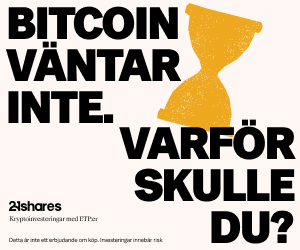ETF Securities Equity Research: Europe is near to closing the gap with the US
Highlights
- Europe’s recovery is moving towards expansion while the US is in the late stages of this cycle.
- The impact of tighter monetary policy, higher wage growth coupled with the stronger US dollar will weigh on US corporate profitability.
- Earnings growth projections in Europe are expected to bridge the gap with the US by Q4 2018.
- Europe’s valuation discount to the US is rooted in key sectors.
The US equity market has been steadily outperforming its European peers since the global financial crisis. The current gap between the two markets have widened to its highest level since then. The US equity markets’ outperformance can be justified by the past accommodative monetary policy, strong earnings momentum and technological innovation. In sharp contrast, the Eurozone has had to contend with two recessions since the financial crisis. Nevertheless, despite political headwinds, Europe is certainly appearing to turn a corner with a more favourable economic backdrop starting to feed into corporate profitability.
Macro outlook supports Eurozone
The Eurozone is witnessing higher services and manufacturing activity in comparison to the US. Added to that Q4 2017 Eurozone GDP growth (2.7% y-o-y) has outpaced the US (2.4% y-o-y) for eight consecutive quarters (Source: Bloomberg). Eurozone GDP growth has been heavily reliant on strong external demand. However as France and the periphery re-emerge, the expansion cycle is being powered by domestic demand. Since the start of 2014, we have witnessed a steady reduction in the negative output gaps in Spain, Italy and the Rest of Europe (RoEA).
This amount of slack in the economy is useful in understanding the interplay between supply and demand and gauging the phase of the economic cycle. The Eurozone will require several years of above-trend growth in order to absorb the slack in the economy. For this reason, the build-up of inflation is likely to be gradual. In comparison, the US is far deeper into its recovery and inflation is likely to garner pace significantly.
Wage growth to impact US profit margins
Despite the rising inflation outlook in the US, wage growth (known to be a lagging economic indicator) has been anaemic for more than a decade. However, the wage increase in January 2018, the strongest y-o-y gain since 2009, marked a turn of events. With the unemployment rate below most estimates of its natural rate and wage growth expected to accelerate, the Federal Reserve (Fed) has enough ammunition to hike interest rates faster than anticipated. The European Central Bank (ECB) will continue to remain data dependent.
For now, the existing slack in the labour market will justify a slower path to normalising monetary policy. The likely consequence of such a view is that the Fed will tighten monetary policy much faster than the ECB. In turn, the impact of higher wage growth in the US is likely to erode profit margins, a trend that we are starting to see as US margins plateau while European margins continue to pace higher.
Furthermore, the deterioration of the US fiscal balance subsequent to the US tax reform and the substantial increase in spending should support the US dollar higher. This could materially affect profits of export-oriented sectors in the US.
Earnings gap could narrow by Q4 2018
The fourth quarter reporting season has been strong for both the US and Europe, evident from the blended earnings growth rate of 14% and 37% respectively (Source: Bloomberg).
Expansion of revenue growth has been a fundamental support for the US equity markets while companies exposed to high operating leverage have benefitted the most on European equity markets. The best performing European sectors in Q4 2017 were energy, basic materials, financials and consumer goods. While US markets saw the highest earnings growth across technology, basic materials and energy. Looking ahead, the positive trajectory of Eurozone Purchasing Manager’s Index (PMIs), even taking into consideration the recent pull back in February, indicate European profit margins are set to expand further.
Pace of earnings projections favour Europe
Looking ahead, the projections for 2018 Earnings Per Share (EPS) growth continue to rise for both economies. However, the pace is slowing in the US in sharp contrast to Europe where estimates are set to accelerate towards year-end. Energy and materials sector are contributing the most to the pace of revisions going forward.
Europe trading at a discount to US
Eurozone equities have been trading at a discount to US equities since 2011. Cyclically Adjusted Price to Earnings (CAPE) ratios at 22x earnings in Europe are currently trading at a 13 percent discount to the US at 25x, in spite of the recent sell off (Source: Bloomberg).
European companies have historically paid out a greater share of their earnings to shareholders in dividends than US companies. Higher dividend yields in Europe at 3.3% compared to US equities at 1.9% enhance the case for investing in European stocks (Source: Bloomberg).
In light of the above discussion, we expect Europe to bridge the gap with US equities over the course of the year supported by higher earnings projections, an improving macro backdrop and lower valuations. While political headwinds linger, evident from the success of the anti-establishment Five Star Movement in the recent Italian elections, we believe it is unlikely to derail Europe’s economic expansion.
Important Information
This communication has been issued and approved for the purpose of section 21 of the Financial Services and Markets Act 2000 by ETF Securities (UK) Limited (“ETFS UK”) which is authorised and regulated by the United Kingdom Financial Conduct Authority (the “FCA”).
The information contained in this communication is for your general information only and is neither an offer for sale nor a solicitation of an offer to buy securities. This communication should not be used as the basis for any investment decision. Historical performance is not an indication of future performance and any investments may go down in value.
This document is not, and under no circumstances is to be construed as, an advertisement or any other step in furtherance of a public offering of shares or securities in the United States or any province or territory thereof. Neither this document nor any copy hereof should be taken, transmitted or distributed (directly or indirectly) into the United States.
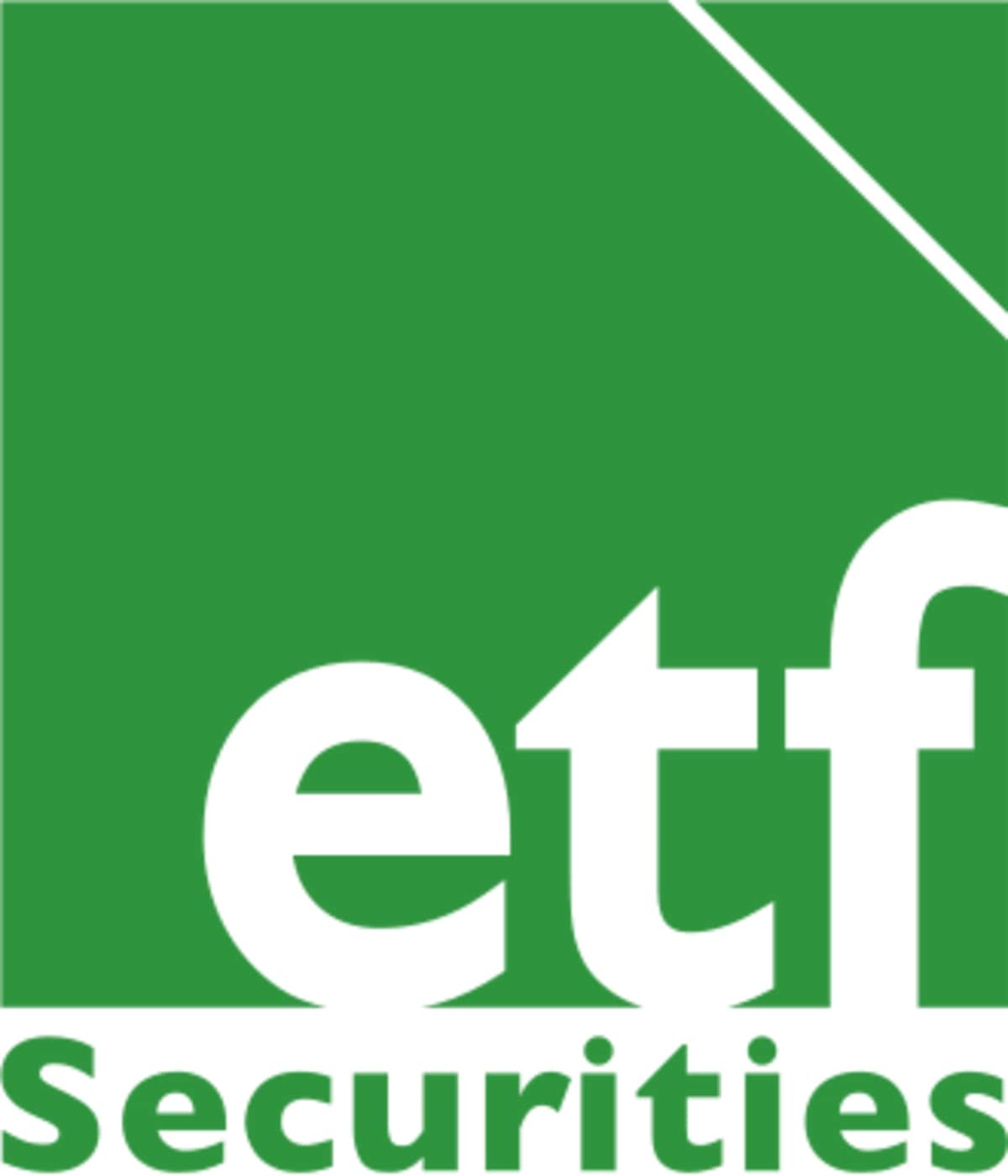

 Nyheter3 veckor sedan
Nyheter3 veckor sedan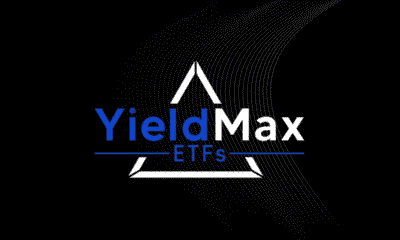
 Nyheter4 veckor sedan
Nyheter4 veckor sedan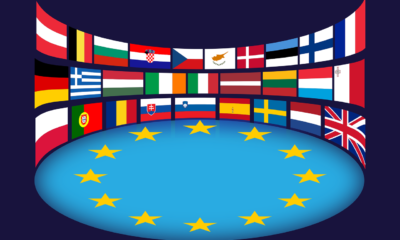
 Nyheter4 veckor sedan
Nyheter4 veckor sedan
 Nyheter4 veckor sedan
Nyheter4 veckor sedan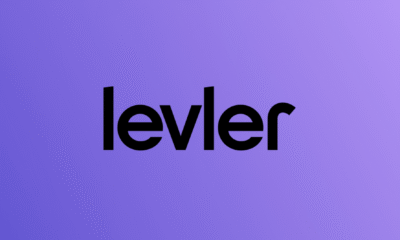
 Nyheter2 veckor sedan
Nyheter2 veckor sedan
 Nyheter4 veckor sedan
Nyheter4 veckor sedan
 Nyheter4 veckor sedan
Nyheter4 veckor sedan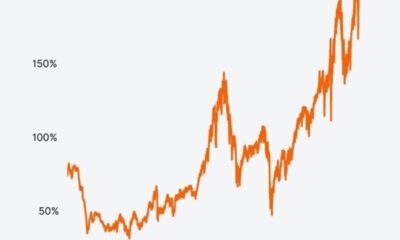
 Nyheter4 veckor sedan
Nyheter4 veckor sedan
















